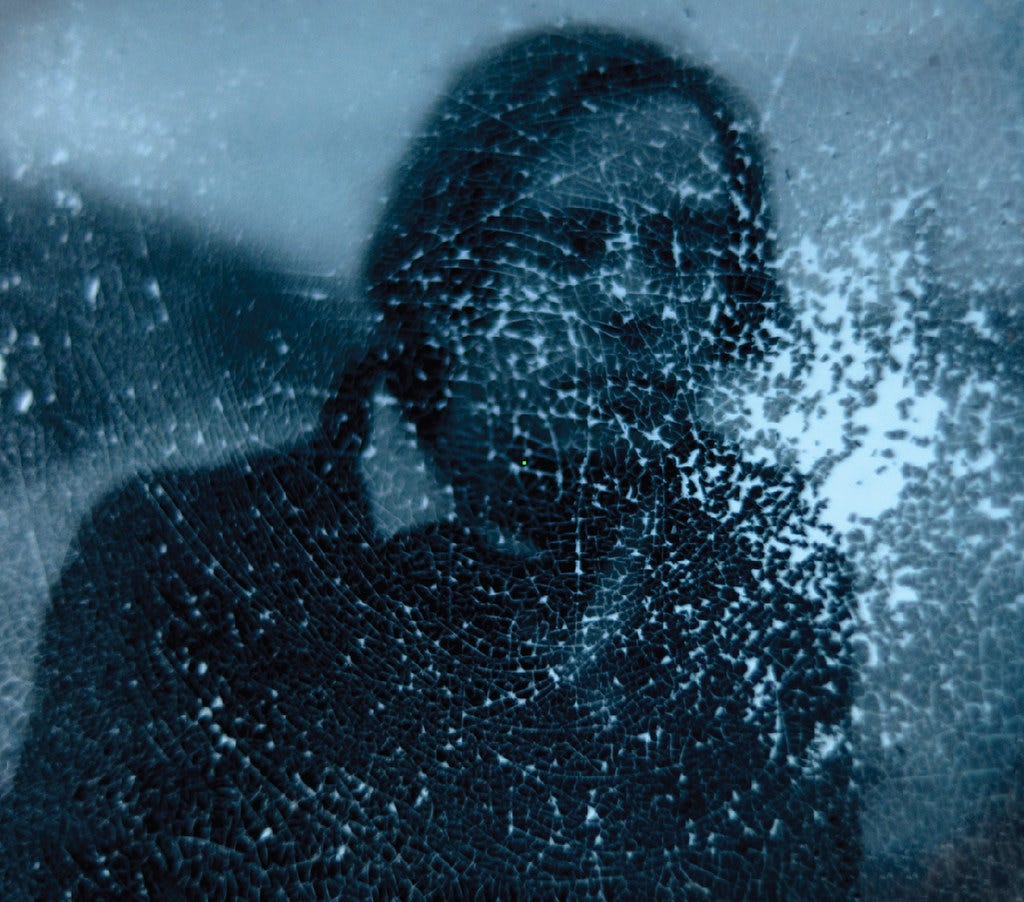From the Archives: "The Dark Backward"

What seest thou else
In the dark backward and abysm of time?
If thou remember'st aught ere thou camest here,
How thou camest here thou mayst.
Prospero, Act 1, Scene 1, The Tempest
Hi, everyone. I hope your Thanksgiving holidays, already a week behind us, were enjoyable and rewarding if not relaxing.
Here is the third and last of my From the Archives posts before my return to new work on Monday. Each of them, chosen from the first month of Homo Vitruvius’s existence, has been intended to reveal some different aspect of me and my intellectual and writerly interests. Here, significantly, it is my historical perspective, and even more to the point, my historiographical perspective: how we study and record history. Our daily lives are, almost by definition for most of us, domesticated. What is, in fact, the extraordinariness of our existence gets swallowe…
Keep reading with a 7-day free trial
Subscribe to Homo Vitruvius by A. Jay Adler to keep reading this post and get 7 days of free access to the full post archives.


